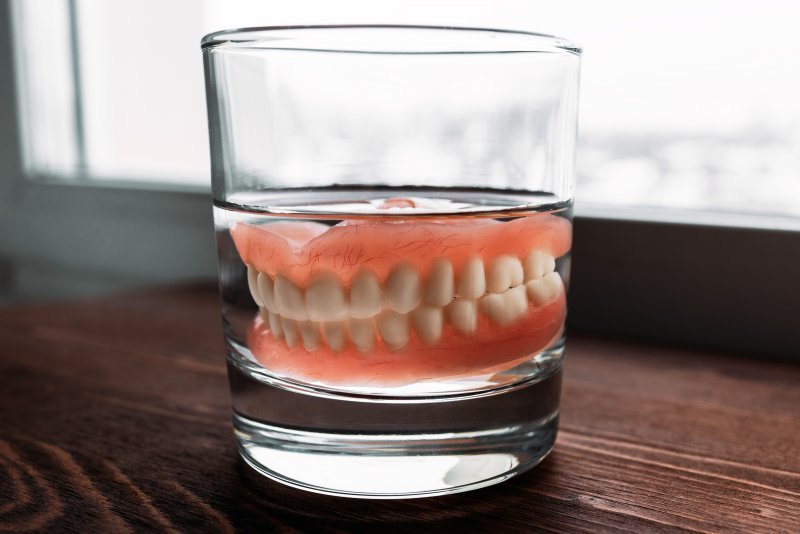
If you rely on dentures, you might believe these prosthetics are a recent invention. In fact, given their effectiveness, it’s easy to think they were made by some scientist in just the last century or so. However, false teeth have actually been around for thousands of years. It’s only in more recent times that they’ve become the restorations they are today. As proof, here’s a summary that explains the evolution of dentures.
Dentures’ Ancient Origins
Historians trace the “roots” of false teeth to about 700 B.C in northern Italy. There, ancient Etruscans made dentures out of human and animal teeth tied with gold wires. These would have been cosmetic, as the materials used can’t withstand the pressure of eating.
Other groups started similar projects soon after. Primitive dentures have been found in ancient Egyptian and Mexican ruins. Native Mexicans, furthermore, replaced missing teeth with ones from wolves. The early Mayans went as far as using carved stones for their tooth replacements!
Enlightened Progress
Up to the late 18th century, dentures hadn’t changed much. Some famous figures — including George Washington — wore ivory plates that housed their pearly whites. The early 1800s even had Europeans get replacement teeth from the dead.
Thankfully, some breakthroughs happened around this time. A British physician developed porcelain dentures in 1774. In 1820, a silversmith mounted porcelain teeth onto gold plates with springs and swivels. This latter prosthetic was the first set of modern dentures.
Dentures in the Present
Over the last 200 years, people have taken a scientific approach to false teeth. The Goodyear family invented a rubber in the mid-1800s that served as an alternative to porcelain dentures. The material became very popular until the 20th century. It was then that scientists began putting acrylic in dentures instead. Even now, this plastic is used with porcelain for high-quality prosthetic teeth.
As you can see, dentures took a long time to reach their current form. It’s thanks to years of trial-and-error that they can now restore smiles so well. As such, talk to your dentist about denture options to benefit from these many innovations.
About the Practice
Salmon Brook Dental Associates is based in Granby, CT. As led by Drs. Kenneth Endres and Gunveen Chawla, the practice takes a personalized approach to their work. They ensure dental patients receive high-quality results by offering custom preventive, cosmetic, and restorative dentistry. They will meet your smile needs, from checkups and cleanings to veneers and dentures. For more information or to book an appointment, they can be reached at their website or by phone at (860)-653-4551.
